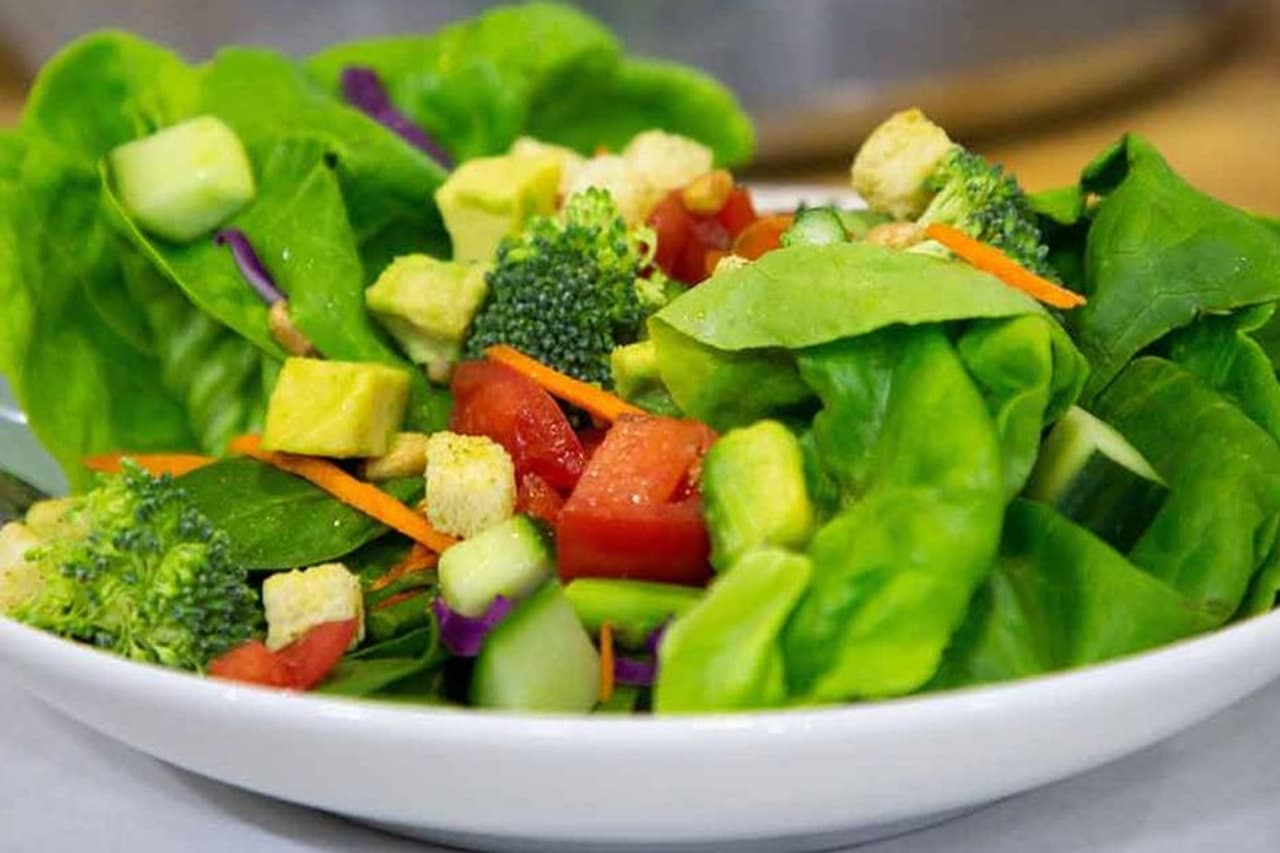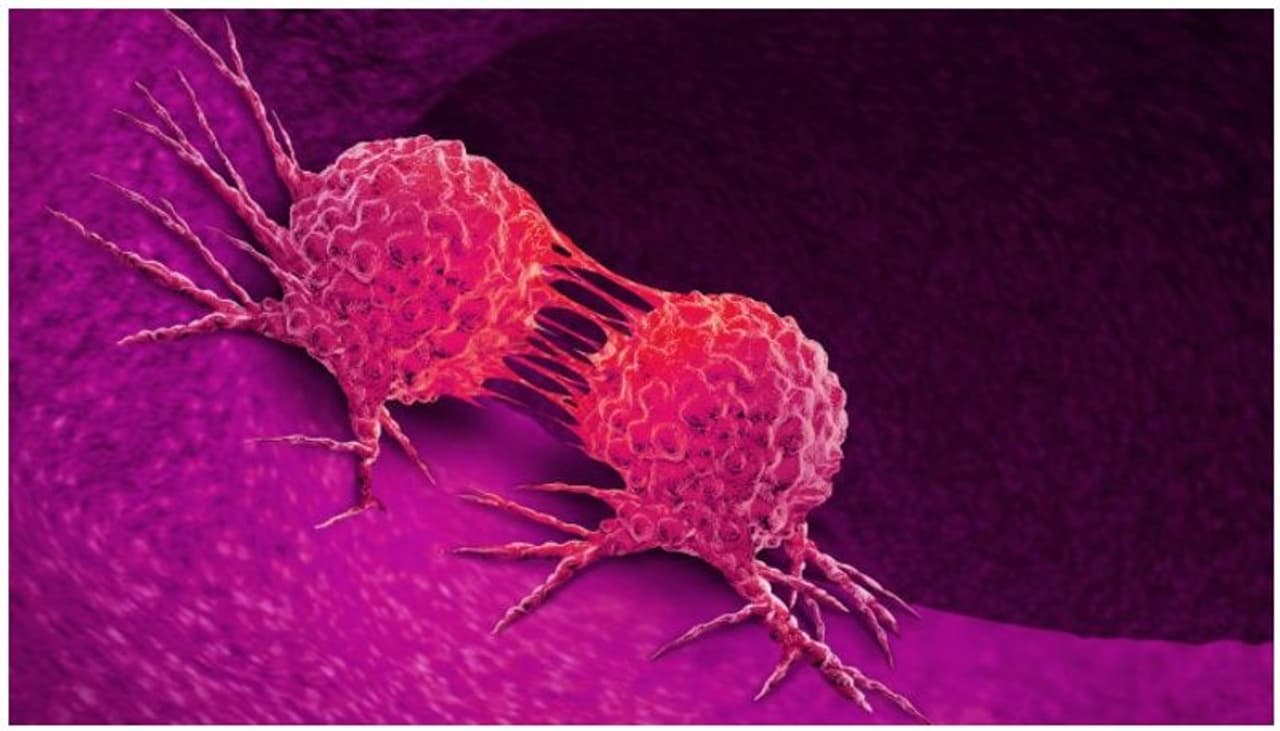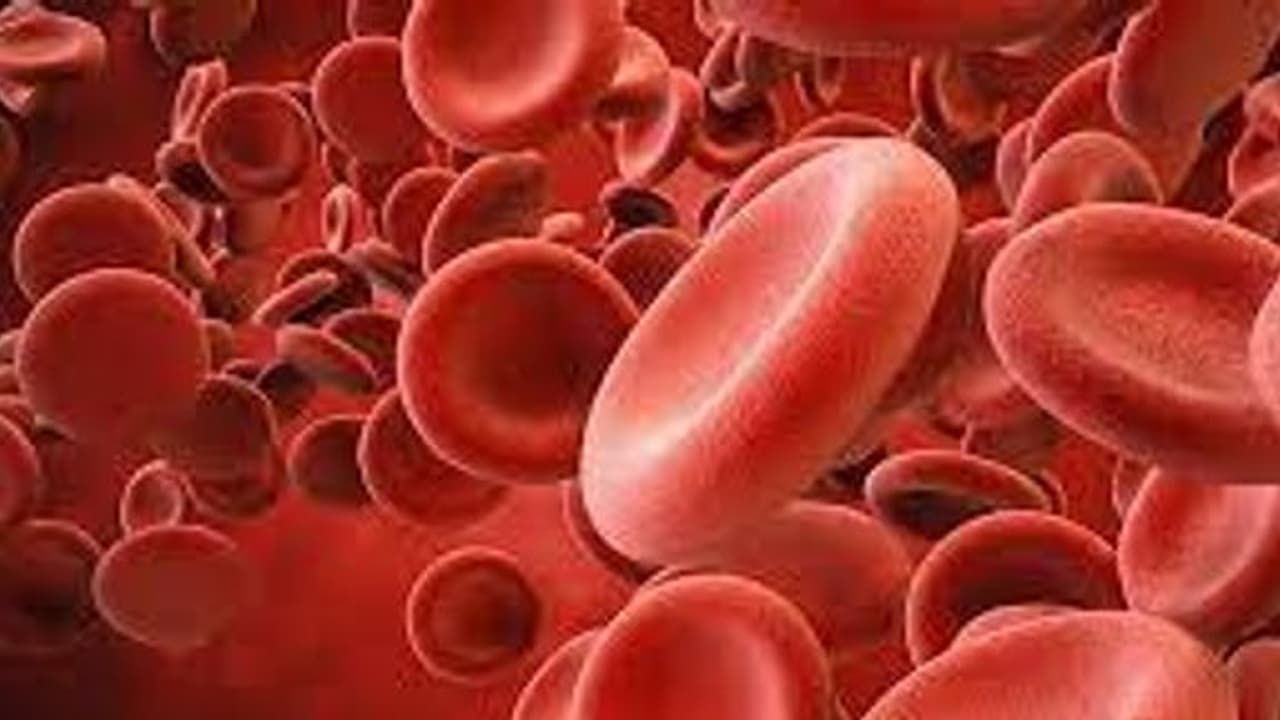The common symptoms of anaemia which occur due to a decreased capacity of the blood to carry oxygen are fatigue, generalised weakness, dizziness, shortness of breath. We spoke to Dr Nitin Yashas, Consultant in Medical Oncology and Hemato-Oncology, Manipal Comprehensive Cancer Care Center who shared tips to increase your haemoglobin levels at home. Report by Richa Barua
When the number of red blood cells in the body are low or more importantly the haemoglobin concentration within them is lower than normal, it results in a condition called anaemia. The common symptoms of anaemia which occur due to a decreased capacity of the blood to carry oxygen are fatigue, generalised weakness, dizziness, shortness of breath.

The most common causes of anaemia are nutritional deficiencies particularly iron deficiency anaemia, or due to deficiency of vitamin B12 and folic acid. Women of reproductive age who have excessive bleeding during their menstrual cycles may develop iron deficiency anaemia. Some of the good sources of iron among plant-based foods are pumpkin seeds, green leafy vegetables like spinach, whole grains and legumes such as beans, lentils, chickpeas, peas, and soybeans. Food rich in Vitamin C like citrus fruits also help in improving iron absorption.
Those who follow a predominantly vegetarian diet may also develop Vitamin B12 deficiency which can lead to anaemia and hence may need vitamin b12 supplements. Folic acid is another vitamin that if deficient can lead to low levels of haemoglobin. Some of the good sources of folic acid are beans, lentils, leafy vegetables, bananas, broccoli, beetroot. It is important to incorporate a healthy balanced diet with enough water intake.

Another important aspect to keep in mind is that Anaemia can occur due to inherited genetic conditions, which can affect the production of haemoglobin in the body by either causing a defect in the structure or its function- a condition known as haemoglobinopathies such as Thalassemia, Sickle cell anaemia, etc.
Also Read: Are you 35 plus, having fine lines, pigmentation? Here are 8 anti-aging tips for your skin
New-onset anaemia in the elderly especially should prompt evaluation for any underlying cancers. Elderly people who present with iron deficiency anaemia should be evaluated with endoscopies to rule out internal bleeding in the Gastrointestinal tract which can occur due to cancers.

Also Read: Anxiety to back pain: Here are 11 heart attack warning signs you should never ignore
Myelodysplastic syndromes wherein there is an abnormality in the production of the blood also presents as anaemia most often in the elderly. Anaemia is also seen as a presenting feature of Multiple Myeloma, a type of blood cancer that causes destruction of bones, elevated calcium levels and kidney failure. And lastly, when there is low haemoglobin associated with grossly elevated white blood cell counts or lymph node swellings in the body or enlargement of the spleen in the body, it should prompt for evaluation of blood cancers such as leukaemia/lymphoma.
Also Read: Want to be happy? Here are 7 secrets that will change your life, making it joyful
One should not forget that anaemia occurs in the presence of an underlying chronic disease such as Tuberculosis, HIV, autoimmune disorders like rheumatoid arthritis, and Chronic Kidney disease. It is therefore important to be aware of other causes of anaemia and one should not ignore it and have it evaluated completely with necessary blood investigations and imaging as required by the treating physician.
